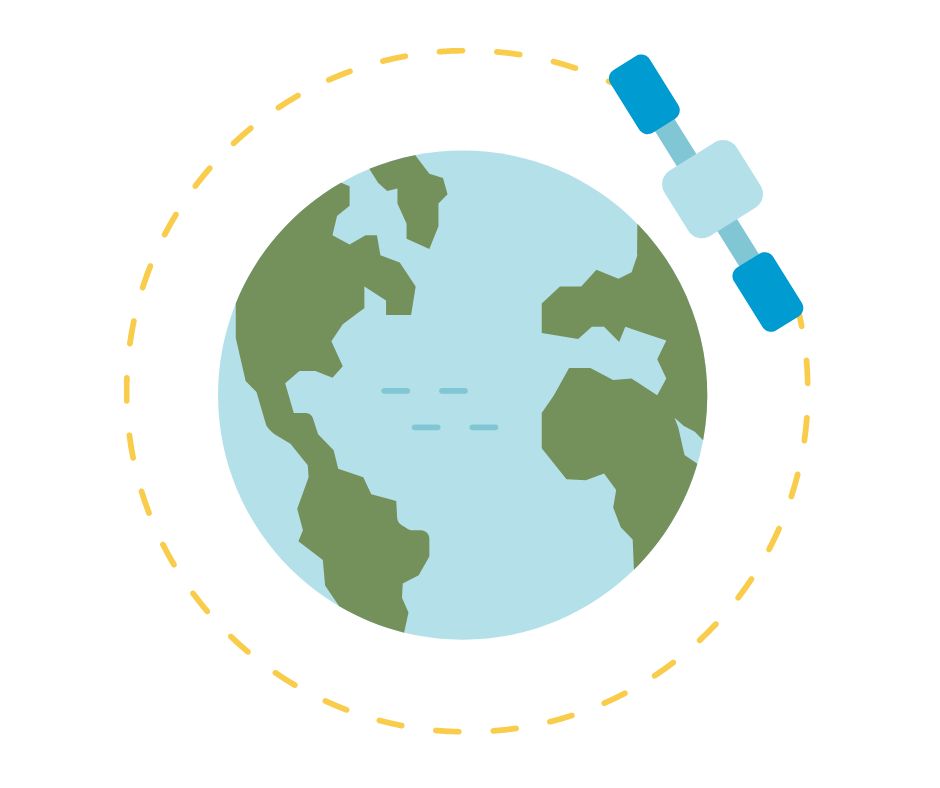Dating back to 2014, NASA (National Aeronautics and Space Administration) and ISRO (Indian Space Research Organisation) have joined forces to launch the NASA-ISRO SAR (Synthetic Aperture Radar) Mission (NISAR).
Now, both space agencies released updated information about their joint collaboration and have stated that the expected launch date can be as early as 2024.
Both agencies have incredible feats by themselves, which leads to the curiosity and eagerness towards this joint mission.
Ian Spangenberg, the AP Physics teacher at PV and the Astronomy Club advisor, believes that this collaboration will be beneficial to both parties. “Both NASA and ISRO are currently two of the biggest space agencies worldwide, and joining forces would be a mutual trade. NASA has been doing this for a while now and is very experienced in space exploration, but the Indian space organization could possibly give a fresh lens on something or another viewpoint.”
The most influential mission that NASA held was the 1969 Apollo 11, also known as “A Walk on the Moon.” This mission was the first of its kind internationally and helped many space agencies learn more about the Moon from physical studies, artifacts and more.
ISRO has been a recent topic of interest for many space enthusiasts, especially with its Chandrayaan 3. The purpose of this mission was to explore the “south side” of the moon, which has never been done, and return back with samples that allow scientists to learn more about that side.
As both of these space agencies are thriving in today’s space race, everyone has high hopes for the NISAR mission. This joint cooperation hopes to measure the Earth’s changing ecosystems, dynamic surfaces and ice masses providing information about biomass, natural hazards, sea level rise and groundwater.
This mission is expected to last three years, collecting data from an altitude of 747 kilometers above Earth’s surface. The spacecraft will work in 12 day intervals, feeding information during that cycle to NASA and ISRO.
Additionally, NASA promised to train Indian astronauts in more technical skills for ISRO’s upcoming mission to the International Space Station.
“Since NASA has so much experience, they could teach ISRO in a way to overcome hurdles in space as they have dealt with them in the past,” Spangenberg stated.
For the longest time, space and interspatial exploration has been a competition between space agencies all over the world. Nevertheless, the NISAR mission provides an opportunity for collaboration among space exploration.
Both the United States and India are leading the world in terms of science, technology, and engineering. Both these countries joining forces would reduce the cost of performing a singular space mission as well as being more efficient overall.
This leads to the most unique part about the rocket itself, which is the fact that the NISAR satellite will be the first spacecraft ever to use a dual frequency radar system. This would only be possible due to India and the United States’ current aerospace technology and engineering knowledge combined together.
Junior Rithik Vijaykumar suggests a potential relationship between countries in the future in response to the NISAR mission. “I think there will be a lot more joint missions like the NISAR mission in the future. This will help with international affairs as well since more alliances will be formed,” he shared.
If this mission goes well, space could serve as a foundation to cooperation among different countries, which will directly impact political tensions between countries.









